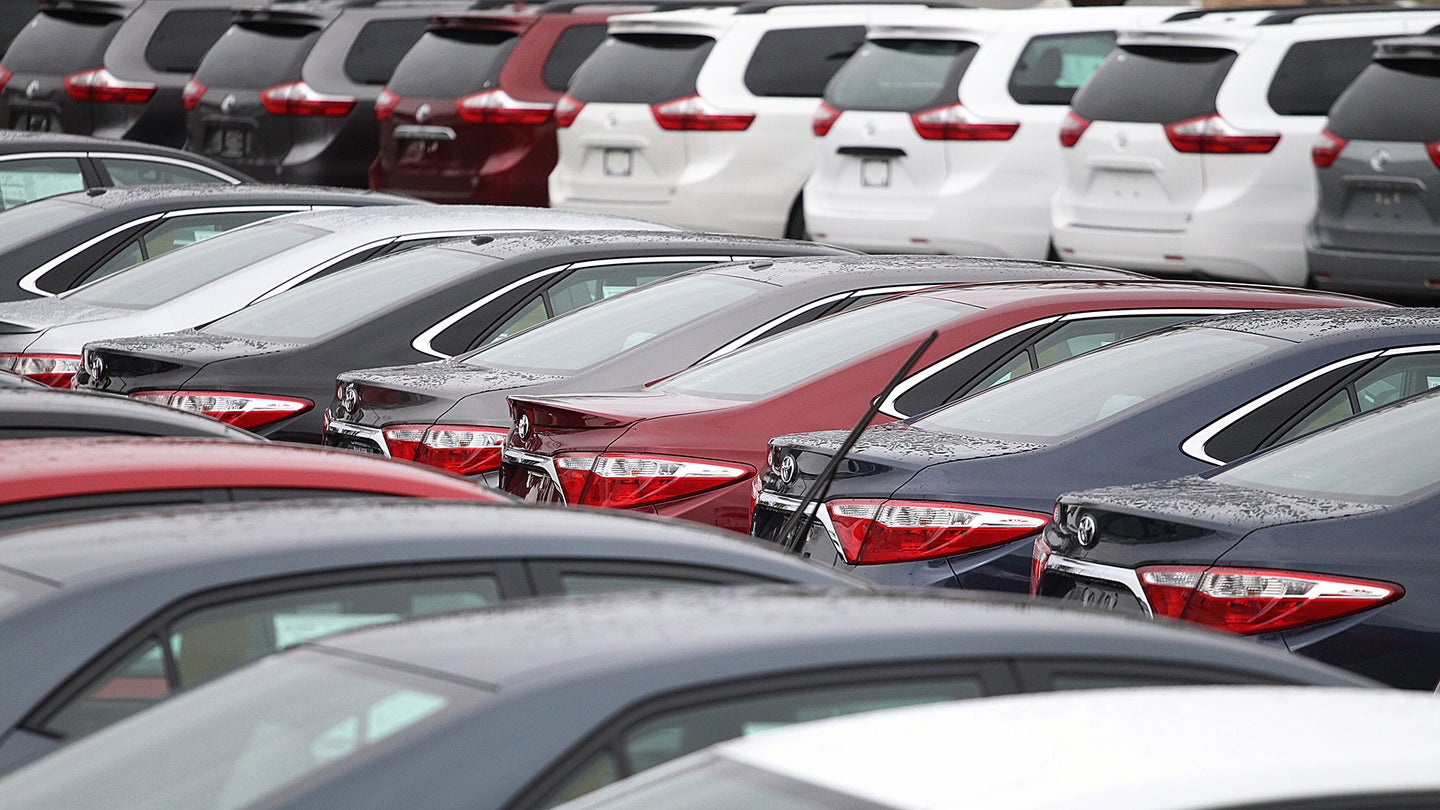Auto Loan Delinquencies Were On The Rise As Lenders Rein In Loan Criteria
Auto loan debt is at an all-time high and delinquencies were on the rise, but has the industry learned from past mistakes?

Auto loan debt in the United States is at an all-time high. 2016 ended with $1.2 trillion in outstanding loans. That total is up 9% from the end of 2015, Of that amount subprime and deep subprime loans account for 21.71% of the total owed on outstanding loans in Q1 of 2017, which is down from 23.66% in Q1 of 2016. There has been talk of a subprime auto loan bubble burst on the horizon, but the numbers show that things are somewhat stable.
CNBC reports that overall, auto loan delinquencies have been on the rise. They have been growing faster than other credit lines such as mortgages, credit cards, and student loans. That delinquencies growth followed years of record sales.
According to a report from Experian, titled The State of the Automotive Finance Market, delinquencies have gone down at the 30 days-past-due mark. In Q1 of 2016, 30 dpd represented 2.07% of all auto loans. In Q1 of 2017, that number dropped to 1.93%. However, loans that were 60 dpd have gone up from 0.58% to 0.66% in the same period. With the amount of subprime and deep subprime loans dropping considerably at the start of this year, the 30 and 60 dpd numbers should show considerable improvement in the coming months.
2016 was a record year for auto sales with over 17 million new cars, trucks, and SUVs being sold in the United States. With those record sales came a high number of subprime and deep subprime loans. Used car sales were up as well, which is where the rise in deep subprime loans came from. Overall, sales were up and the industry was predicted to keep pace in 2017. That didn't happen.
When Q1 2017 came and went, sales were drastically down across the board. A slowdown was expected in Q1, but it was far worse than expected. At the same time that sales were dropping, reports starting coming in about subprime auto loans threatening the industry. Delinquencies were starting to surpass record levels set in 2008. Remember 2008, when the economy went belly-up?
With those record sales in 2016 came a market saturation. Those 2016 customers can't be expected to buy a new car each year to keep the industry afloat. In 2017, there were fewer people in the market for a new car but automakers kept producing cars at 2016 levels. With inventory stacking up on dealer lots, the industry had some hard choices to make.
Dealerships could continue to try to make the sales numbers they hoped for. The way to do that is to finance even more loans to customers that are high risk and likely to default. That creates the "bubble", which when it bursts, is very, very bad.
The other option was to pull back on high-risk loans and while cutting production to stabilize the auto market, which is what has happened. Lenders have started using more stringent credit standards when issuing loans. As a result, the number of high-risk loans is dropping.
Inevitably, there will be another wave of record sales in the coming years. Until then, the auto industry will need to carefully adjust supply to demand rather than going for the quick cash-grab of junk loans, which will only hurt them in the long-run.
